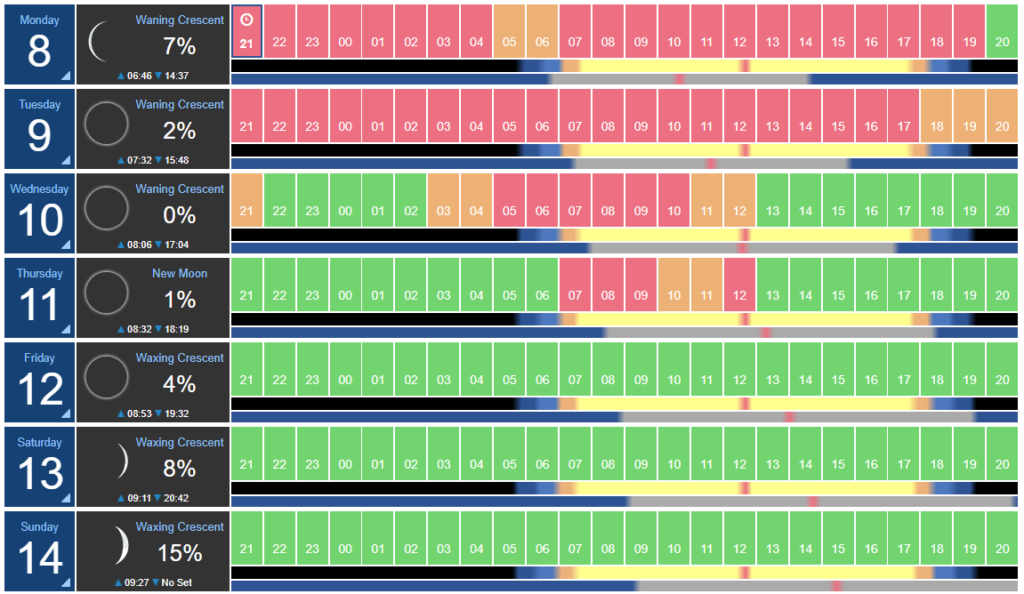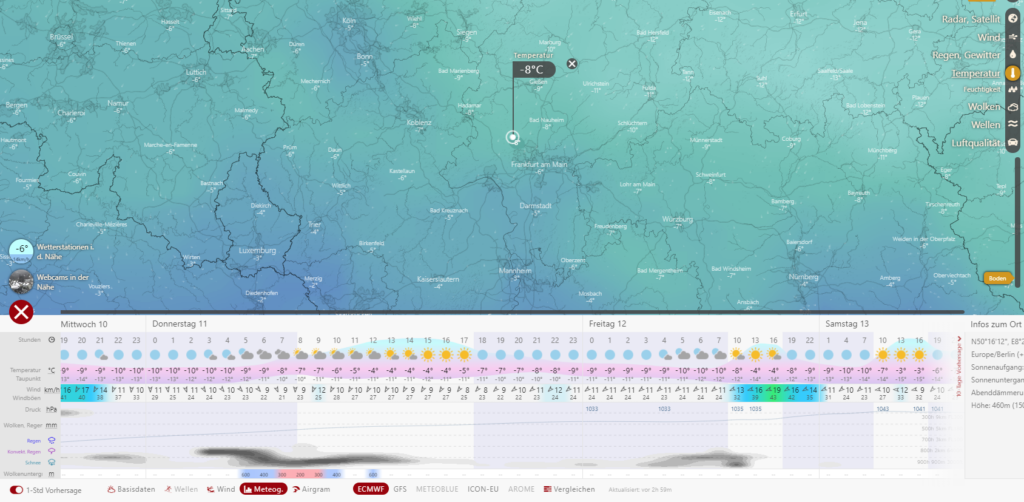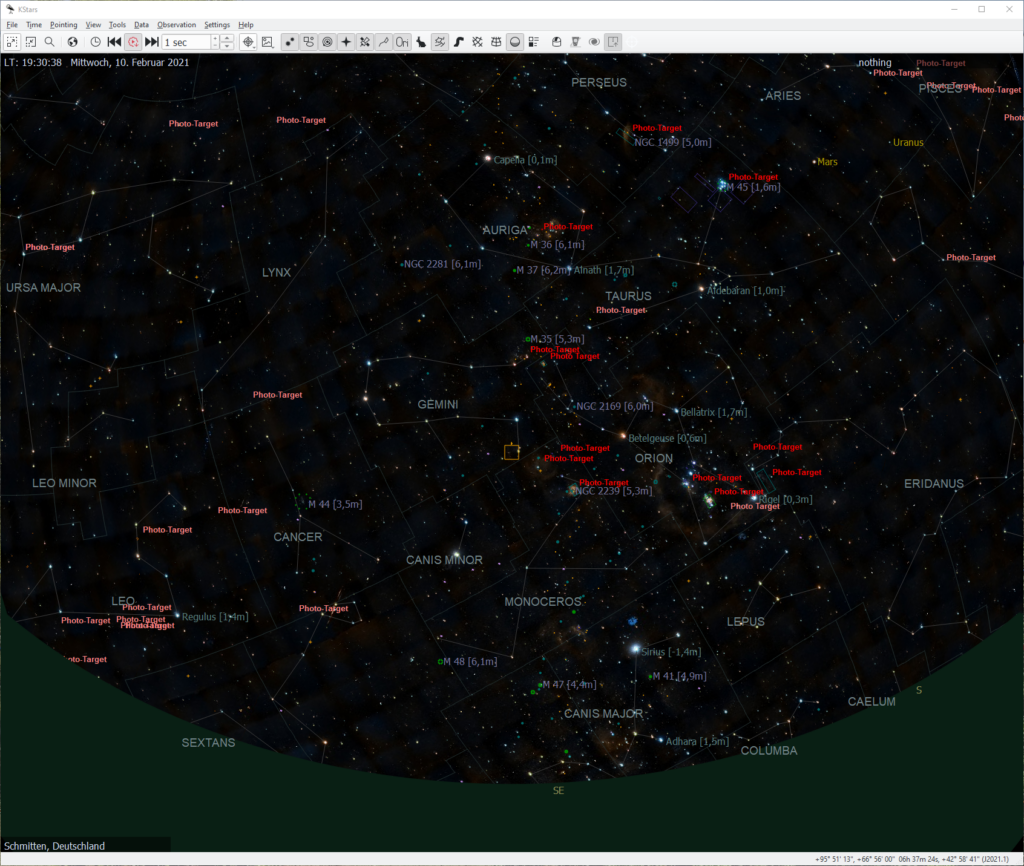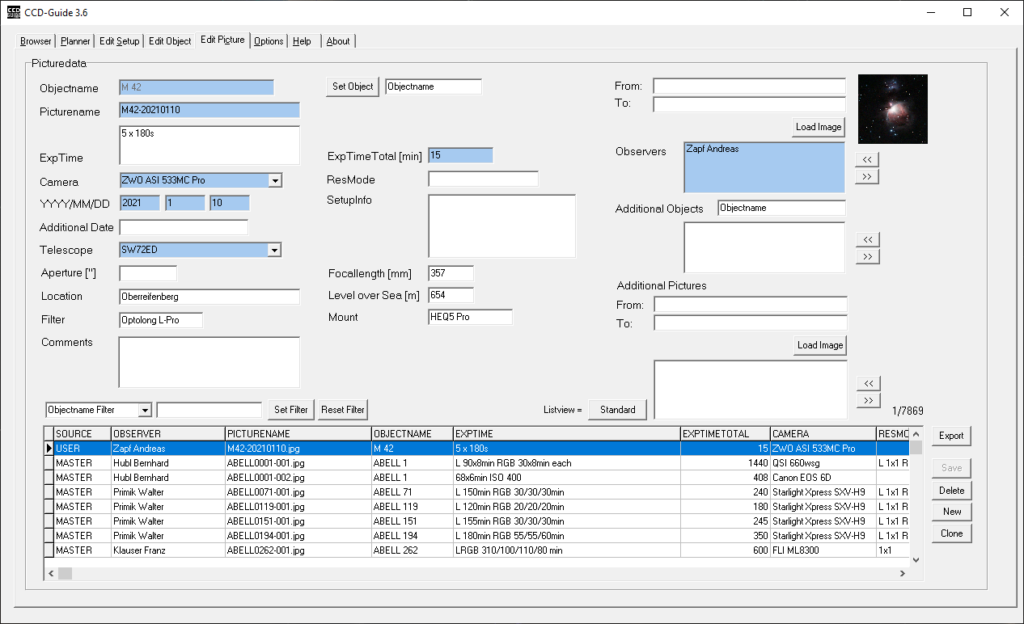After weeks and weeks of clouds, I do have some clear nights in the forecast – time to do some planning and also explaining how the planning is done.
Weather
Weather is an important part of the planning – no need to plan if there is nothing to see. There are two great web sites that can help with a sneak preview of what is to come for your local place. The first one is clearoutside.com. Simply enter your home location and enjoy the forecast.

The second one is windy.com – you need to tweak the settings a bit (see the bar at the lower edge of the screenshot) but this is my “backup” weather forecast, just to get a different opinion.
Observation Planning
The next step is observation planning – to know up front what you will be after means less time during the observation window wasted on deciding on targets, etc.
I am using a software called KStars – but that is really only because I also run KStars/Indi to control my telescope and observation sessions. Any planetarium software will do, preferably one that allows eyepiece and camera-Field of View (FoV) simulation.
The first decision is which equipment to use – I got a choice of running a ZWO ASI 533 with a Nikon Lens of my choice (35mm. 50mm, 105mm, 300mm) or the ZWO ASI 533 with a Skywatcher 72ED Refractor. The latter is equipped with a ZWO EAF Motorfocus and a Skywatcher 0.85x Flattener, giving it an effective focal length of 357 mm.
With this data, KStars is simulating the FoV and I just need to set the time for the observation window. I am looking at three “time boxes”: one that starts as early as it is astronomically dark (which mid of February here is 19:30 hrs. local time), one that is 4h plus (23:30 hrs.) and one that is “early morning”, maybe 02:00 hrs.
My KStars already has a bunch of photo targets marked, at this time, Orion will be high in the southern sector so that is a perfect target. Orion is rich on interesting objects, but I think, I will go after two of them with 4h of data each (I got more than one night, so it will be 2h for the following for the first two nights: M42 (the “Orion Nebula”) and IC434 (the “Horsehead Nebula”).
A rough framing in KStars shows: both targets are fitting the FoV of Camera/Scope nicely.
A much better planning comes with CCDGuide (available at www.ccdguide.com) which is provided by the Astronomischer Arbeitskreis Salzkammergut in Austria for a small price.
CCDGuide allows for two important things: a FoV Calculation with a reference image and calculation of the image center and a look into images provided with the software incl. their image data.
There are round about 30 images of M42 included with the current release of CCDGuide and I have added my own one to the user database.
Being able to keep track of images you have taken yourself and those that others have taken, to compare the exposure times, focal lengths, filters used, etc. is a tremendous help in planning your own sessions.
As the night continues, Orion will move westward and sooner or later it will vanish behind some trees in my garden. I am not even sure I can get the 4 hours between 19:30 and 23:30 but I have a next target: NGC 3189 and a group of galaxies near the head of the Lion.
Again, CCDGuide will help to determine if the target isn’t too small for my focal length… the group of galaxies is actually a target for telescopes with twice and more my focal length, but this is what CCDGuide “predicts”:
This is a good target to spend about 30-60 minutes on at first, just to see if I am capturing enough information to make it worthwhile… I can later add more time, if the verdict is positive.
The last image that I am planning for uses a faint galaxy by the name of IC 3393 as the center. This covers parts of the constellation Virgo and the southern edge of Coma Berenices. This area of the sky is “full of galaxies” and what I am after is referred to as Markarian’s Chain.







